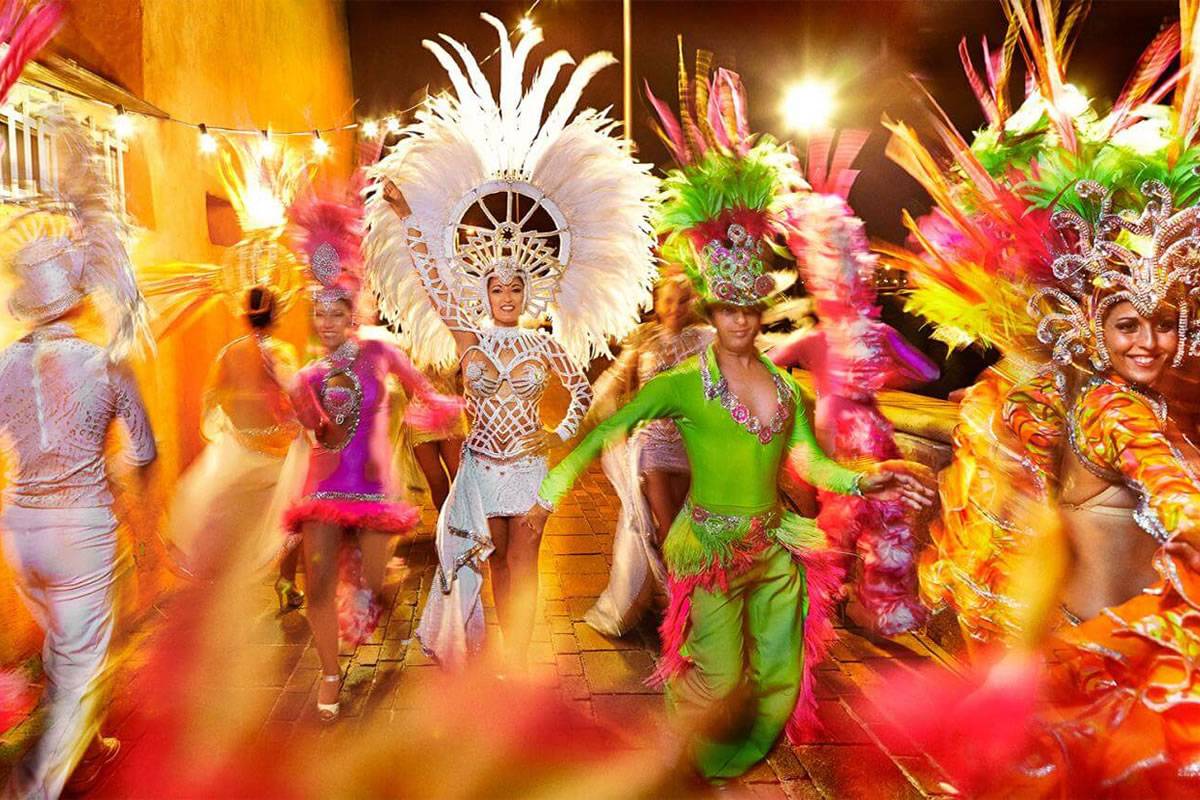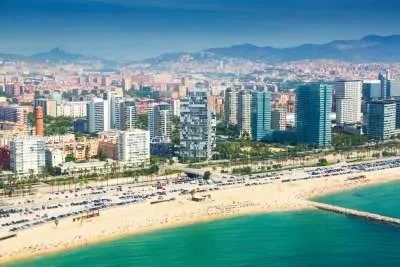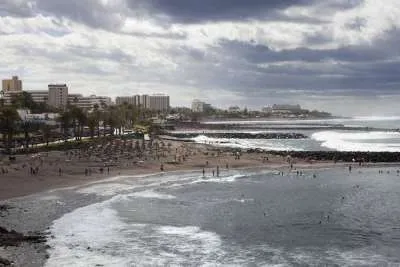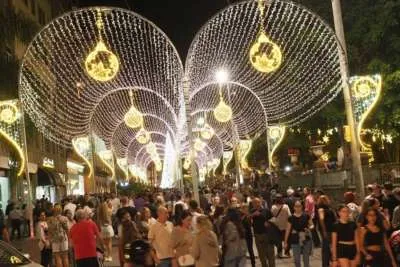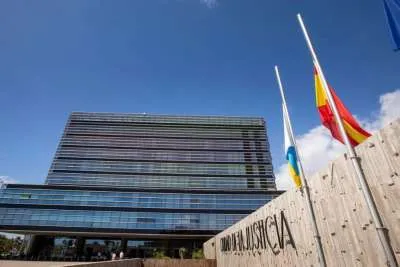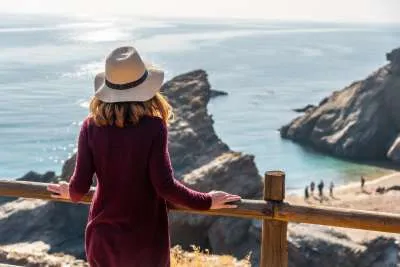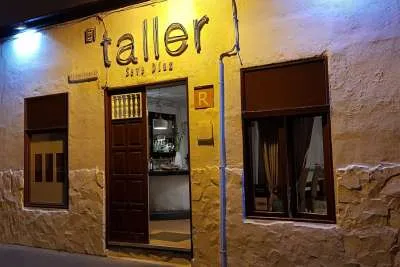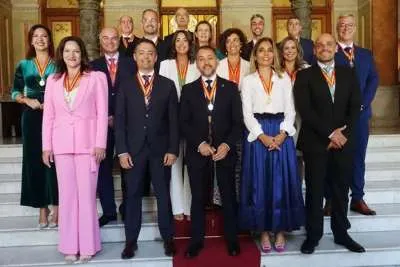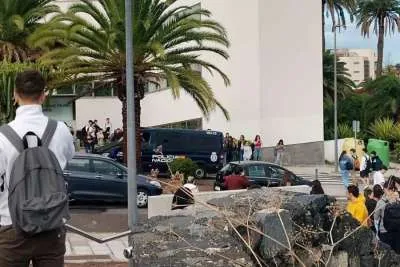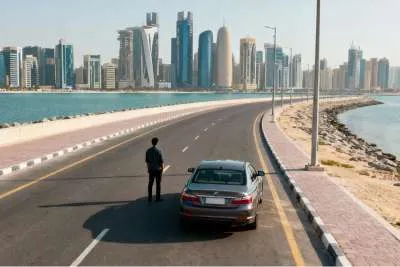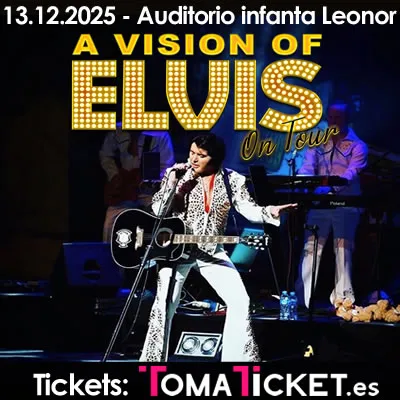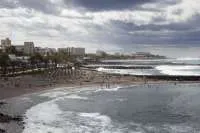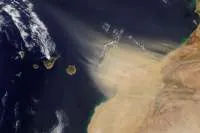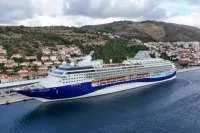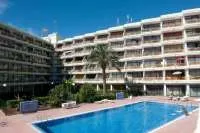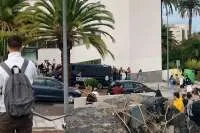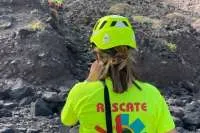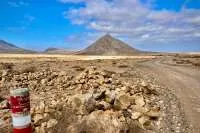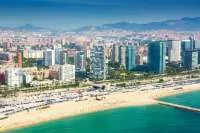Discover the unique cultural roots of the Canary Islands
- 14-04-2025
- Travel
- collaborative post
- Photo Credit: Hello Canary Islands
When planning a holiday in the Canary Islands, most travellers expect to see beaches, sun and the ocean, however, beyond the tourist routes lie centuries-old traditions that set this archipelago apart from others.
The Canaries combine the cultural heritage of Spanish, African, Latin American and even Guanche civilisations. It is this unique blend that creates a deep cultural palette that leaves no one indifferent.
Visitors are often unaware that there are customs on these islands that are not found on the mainland. The locals preserve folk rites, festive rituals and linguistic features that change the perception of ‘Spanish’ identity. By immersing themselves in the life of the islanders, tourists can not only discover new traditions but also better understand the spirit of this part of the world.
Interestingly, even in the modern tourist environment, where services such as online casino v czk are becoming increasingly popular, the authenticity of the Canaries remains unchanged. The cultural diversity that has developed over the centuries is presented to travellers in the form of annual festivals, gastronomic creations, and everyday habits that continue to be passed down from generation to generation.
Carnival - the Canarian version of the Brazilian Mardi Gras
The Carnival in Santa Cruz de Tenerife is considered the second largest in the world after the Brazilian one in Rio de Janeiro. However, its atmosphere has a unique local flavour that distinguishes it from other similar holidays. The carnival begins with a colourful opening ceremony, during which a queen is chosen among local beauties.
Features of the Santa Cruz Carnival
- The parade of costumes is accompanied by rhythmic music and dances inspired by African and Caribbean traditions.
- Participants often make their own outfits, paying attention to details and glitter.
- The celebration includes themed evenings, theatrical performances and costume marches.
Unlike carnivals in other regions of Spain, there is an atmosphere of spontaneity where everyone can become a participant in the action. The Santa Cruz Carnival is not only a colourful spectacle but also a form of cultural expression. The holiday ends in an unusual way - with the burial of a sardine, which symbolises farewell to winter.
Gastronomic heritage: Guanche influences and local ingredients
The cuisine of the Canary Islands combines simplicity and ingenuity. It is based on local products such as potatoes, goat cheese, fresh fish and corn flour. One of the main gastronomic specialities is a dish called gofio, a roasted and crushed grain that is added to soups, desserts or eaten alone.
What to eat in the Canaries:
- Papas arrugadas - potatoes cooked in salt water with mojo rojo or mojo verde sauce
- Ropa vieja - a dish of beef, chickpeas and vegetables
- Bienmesabe - a sweet dessert made of almonds, eggs and sugar
Food here is not only about taste but also about preserving historical ties with ancestors. The Guanches, the natives of the Canary Islands, have passed on their culinary habits, which are echoed in modern recipes. It is through the dishes that tourists feel an invisible connection with the archipelago's past.
La Gomera’s whistle language: a way of communicating without words
A unique form of communication has been preserved on the island of La Gomera - the whistle language of Silbo Gomero. It arose in the mountainous terrain, where traditional speech was ineffective. Thanks to these whistles, the locals could transmit messages over a distance of several kilometres.
Facts about Silbo Gomero:
- It is officially recognised by UNESCO as an intangible cultural heritage.
- The language is taught in schools as part of the curriculum.
- Tourists can hear demonstrations during excursions and festivals.
This unique method of communication surprises foreigners because it allows them to convey complex phrases through changes in tone and intonation. It is not only a cultural value, but also a living symbol of the region's identity.
Romeria: spirituality meets folklore
Religious processions, known as romerias, are held throughout the archipelago. These are colourful events that combine Catholic traditions with folk festivals. People dress in traditional costumes, decorate carts, prepare food and bring gifts to the patron saints of their cities.
Elements of traditional romance:
- Dancing with musical instruments such as the timpani
- Festive costumes decorated with embroidery and flowers
- Offering agricultural products as gifts
Romerias combine faith, music and social cohesion. They are a manifestation of the islanders' deep spiritual connection to their ancestors and the land. Visitors from other countries can witness sincere emotions and see how spirituality takes on vivid, folkloric forms.
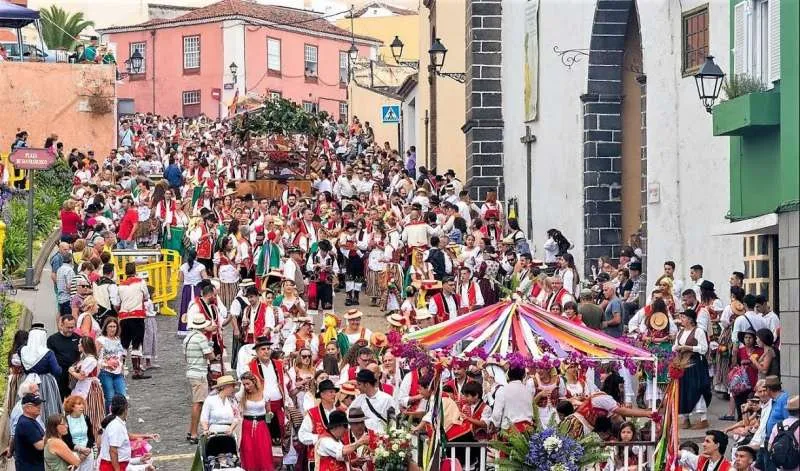
Architectural traditions: colonial heritage with local accents
Canarian villages and towns have a recognisable architecture that combines elements of the Spanish colonial style with local building materials. White facades, wooden balconies and tiled roofs are an integral part of the landscape.
Traditional buildings are characteristic:
- Use of volcanic stone for facade decoration
- Balconies made of carved wood, often hand-painted
- Courtyards with fountains and gardens
These architectural elements create an atmosphere of comfort and at the same time emphasise the cultural uniqueness of the place. Travelling around the islands, tourists come across both old buildings dating back to the 16th century and modern interpretations of historical forms.
Island festivals: dances, rhythms and unforgettable experiences
Each island has its own festive events that differ in theme and style. For example, Lanzarote hosts a festival of fire, and Gran Canaria has a festival of music and colour. All these events attract not only residents but also foreign visitors.
The most popular events:
- Fiesta de San Juan - bonfires on the coast on the summer solstice
- Bajada de la Virgen - the transfer of the icon to La Palma every five years
- Festival del Cuento - a week of storytelling in the city of Los Silos
The celebrations are accompanied by fireworks, dancing and artistic performances. Each of them carries a part of the island's soul, inviting tourists to an emotional immersion in the local culture.
Folk costumes and crafts as a way to preserve heritage
Traditional clothing in the Canary Islands varies from island to island, but everywhere it reflects historical features, climatic conditions and social structure. Embroidered shirts, colourful skirts and palm leaf hats are particularly popular.
Local handicrafts kept in family workshops are also worth checking out:
- Banana and palm leaf weaving
- Pottery using techniques without a potter's wheel
- Embroidery and weaving with geometric patterns
Travellers who visit the craft fairs can not only buy authentic products but also learn the stories behind each item. Even in the digital age, when many people prefer modern forms of leisure, such as Mostbet Casino, traditional Canarian arts remain an integral part of the local culture.
How Christmas and Easter are celebrated in the Canary Islands
In the Canary Islands, Christmas is not accompanied by snow and frost, but by gentle sunshine and temperatures of 20°C. However, this does not diminish the festive atmosphere - on the contrary, it adds a special exoticism to it.
All towns and villages are decorated with garlands, lanterns and nativity scenes. Belenes, miniature compositions depicting the birth of Jesus, play a special role in Christmas traditions. They are installed in parks, squares and even in shops.
In Las Palmas, on the island of Gran Canaria, a unique sand nativity scene is created every year on the beach of Las Canteras - a real work of art made of sand.https://www.princess-hotels.com/en/blog/this-is-how-easter-is-celebrated-in-the-canary-islands/
Christmas Eve and Christmas traditions
- 24 December - Nochebuena (Christmas Eve): families gather around the table to share a festive dinner. The main dishes are roasted meat, fish, seafood, and traditional desserts such as turron, polvoroni, and masapan.
- 25 December is a holiday when Canarians usually visit their families and enjoy a homely atmosphere.
The Three Kings is the main event for children
In the Canaries, the most anticipated holiday is not 25th December, but 6th January - the Day of the Three Kings (Reyes Magos). The day before, on 5th January, there is a magnificent procession of the Three Kings, who give out gifts to children. The streets are filled with carriages, actors in costumes throw sweets - it's a spectacular show that both children and adults love.
The Canaries have preserved the tradition of Catholic processions, which are held with great solemnity. In different cities of the islands - especially in La Laguna (Tenerife) and Arrecife (Lanzarote) - processions are organised with figures of Jesus, the Virgin Mary and saints dressed in robes with veils.
Participants often walk barefoot, holding large crosses or candles. The atmosphere is quiet and deeply spiritual, accompanied by chanting and drumming. On Sundays, festive music is heard in the squares, and the faithful gather for a festive mass. The mood changes to one of joy and brightness - a symbol of the victory of life over death.
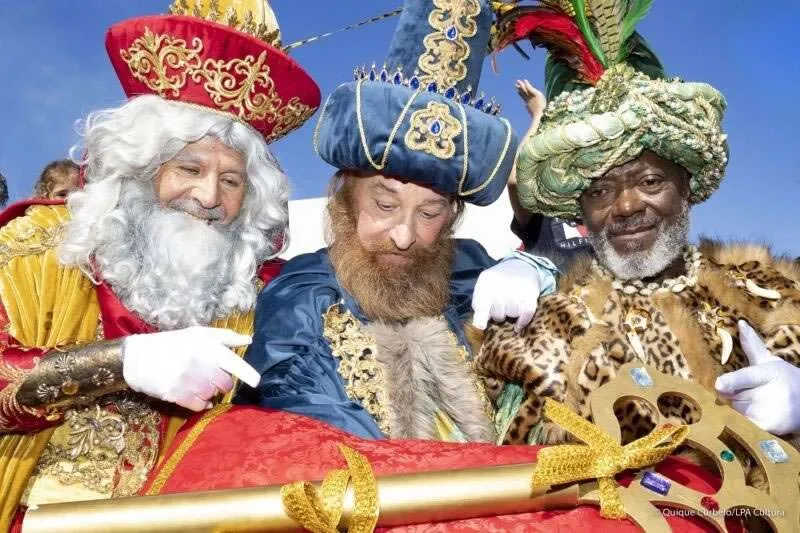
Conclusion: Canary traditions that open up new horizons for tourists
The Canary Islands are not just beaches, wine, and palm trees. Their picturesque landscapes hide a deep culture that has been shaped for centuries by the influence of Africa, Spain, and the indigenous Guanche people. The distinctive customs, such as traditional sports, unique cuisine, festive events and everyday rituals, leave an unforgettable impression on travellers.
Immersing yourself in these customs gives you the opportunity to understand the true rhythm of local life. From participating in carnivals to tasting original dishes, every element of the Canary Islands' culture adds depth to the trip. It is through these authentic elements that travellers get not just a holiday, but a real cultural experience that changes the perception of the usual tourist routes.
Travelling through this archipelago, you should open your heart to local traditions, as they are the key to understanding the soul of the Canary Islands. They can not only surprise but also inspire, leaving behind fond memories and a desire to return again.
Other articles that may interest you...
Trending
Most Read Articles
1.
2.
Featured Videos
A Vision of Elvis Tenerife Promo
- 10-05-2025
TEAs 2025 Highlights
- 17-11-2025


